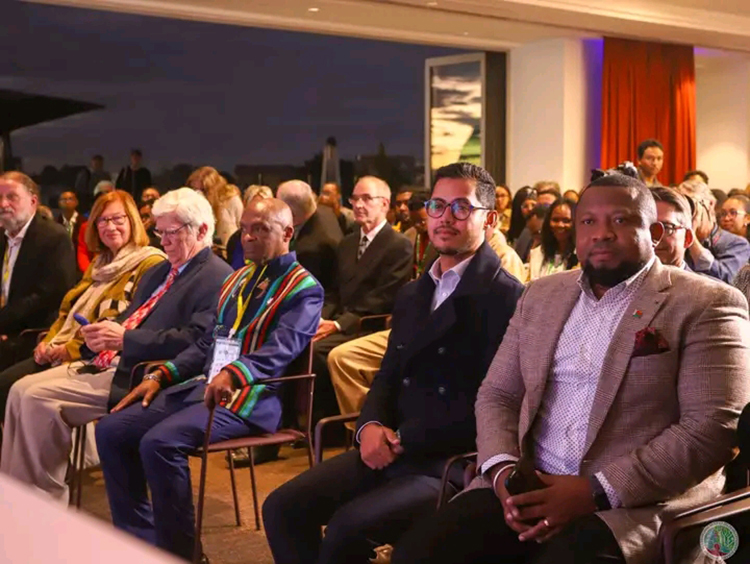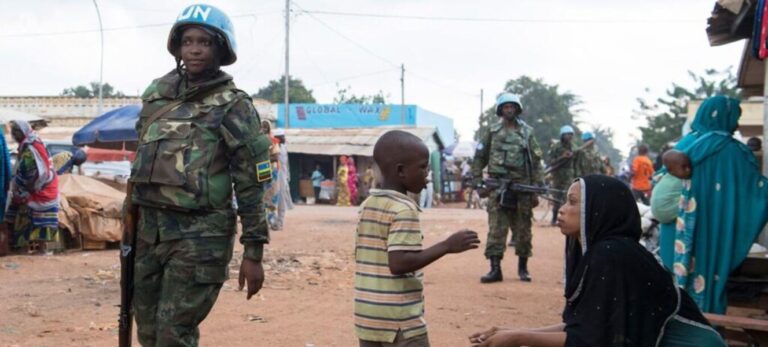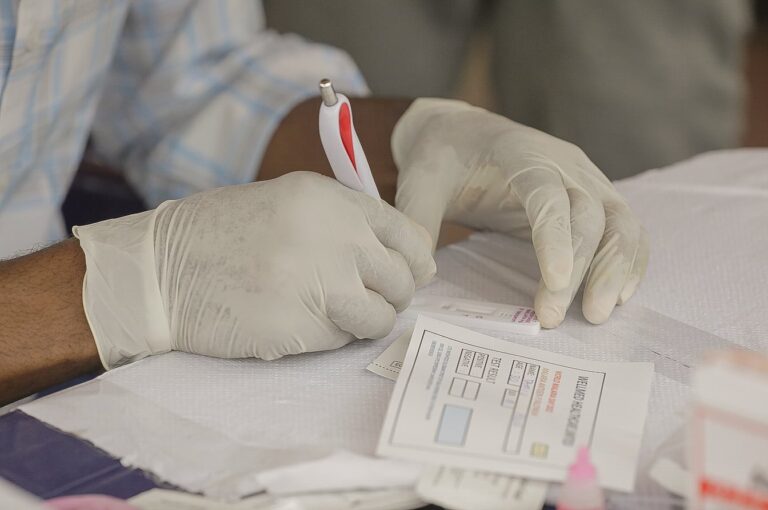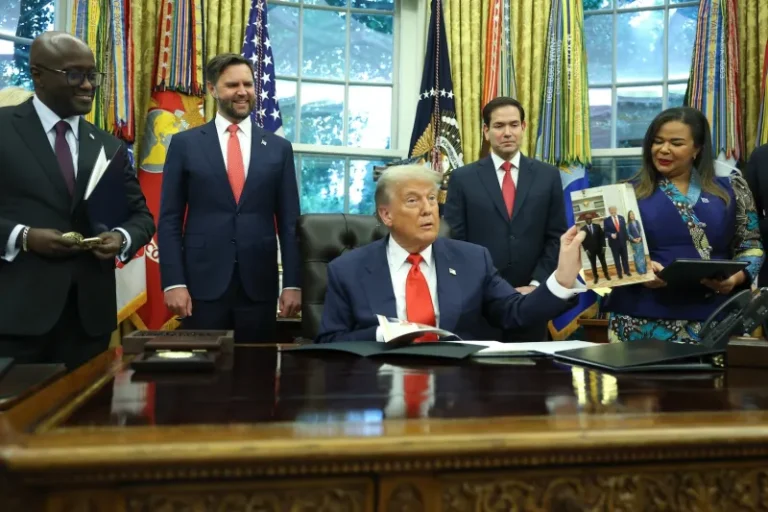Madagascar turns to technology in global push to save endangered lemurs

As the 30th World Primatology Congress came to a close last Friday at the Novotel Ivandry, Madagascar emerged as a global focal point for primate conservation, with a strong spotlight on leveraging technology to protect its critically endangered lemur population.
Over 800 delegates from across five continents—including scientists, environmentalists, and students—convened for a week-long summit organized by the International Primatological Society (IPS).
The congress showcased cutting-edge solutions to one of conservation’s most urgent challenges: safeguarding the 112 species of lemurs found only in Madagascar, many of which are teetering on the brink of extinction.
Among the standout innovations were digital surveillance tools now revolutionizing fieldwork. From motion-triggered cameras and acoustic sensors to satellite-based monitoring and mobile apps for community patrols, these technologies are equipping conservationists with real-time data on lemur behavior, migration patterns, and poaching threats.
“These tools make it possible to count lemurs while analyzing their behavior, movements, and vocalizations. This is a major step forward for protected areas and for scientific research conducted in the field,” said Max Andonirina Fontaine, Minister of the Environment and Sustainable Development.
Drones also featured prominently in the discussions, both as instruments for ecological monitoring and as potential drivers of eco-tourism.
By offering bird’s-eye views of Madagascar’s unique biodiversity, these devices are reshaping how researchers and tourists experience conservation zones.
Yet, the challenges remain steep. Despite years of awareness campaigns, lemurs still face illegal hunting and trafficking. “Researchers must speak with one voice in the face of these threats,” urged Jonah Ratsimbazafy, president of IPS Madagascar.
To support these efforts, Madagascar secured nearly $10 million in funding from the World Bank and the Global Environment Facility.
The investment will be channeled into forest reserves and protected zones where lemur populations are most vulnerable.
Throughout the congress, discussions went beyond technology, diving into sustainable financing models, scientific collaboration, and community-based conservation. More than a scientific gathering, the event marked a turning point—placing Madagascar, and its iconic lemurs, at the epicenter of a bold new conservation .
About The Author
dailymailafric
I am an avid African news observer, and an active member of Daily Mail Africa.
I’m Passionate about staying informed on diverse topics across the continent,
I actively contribute to publishing on political, economic and cultural developments in Africa.



